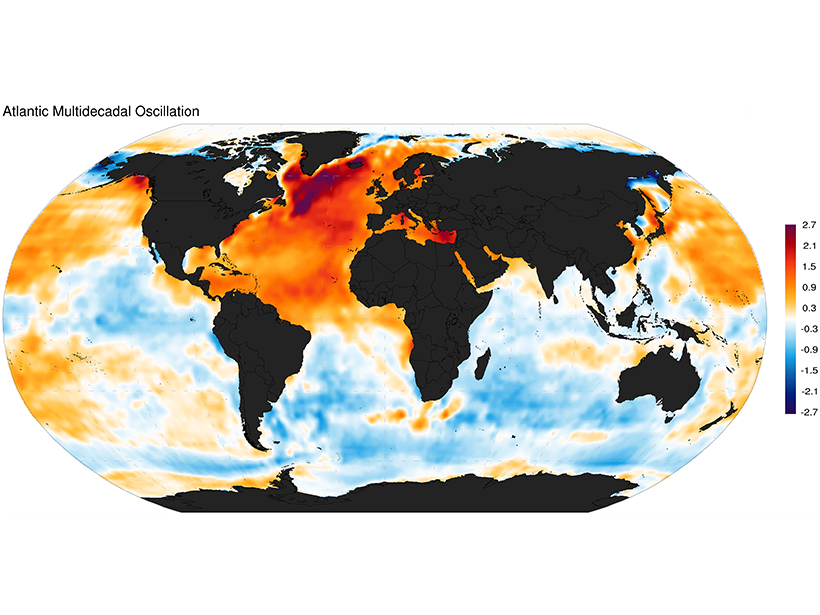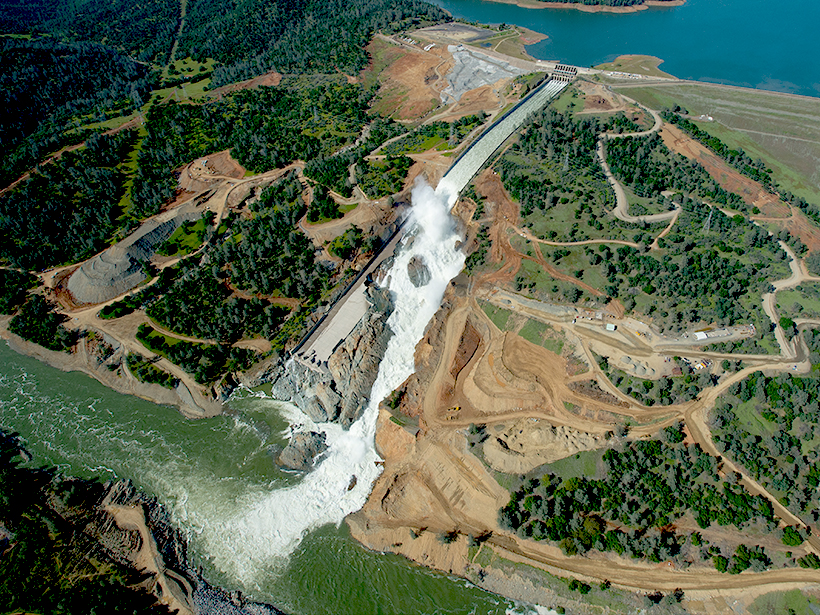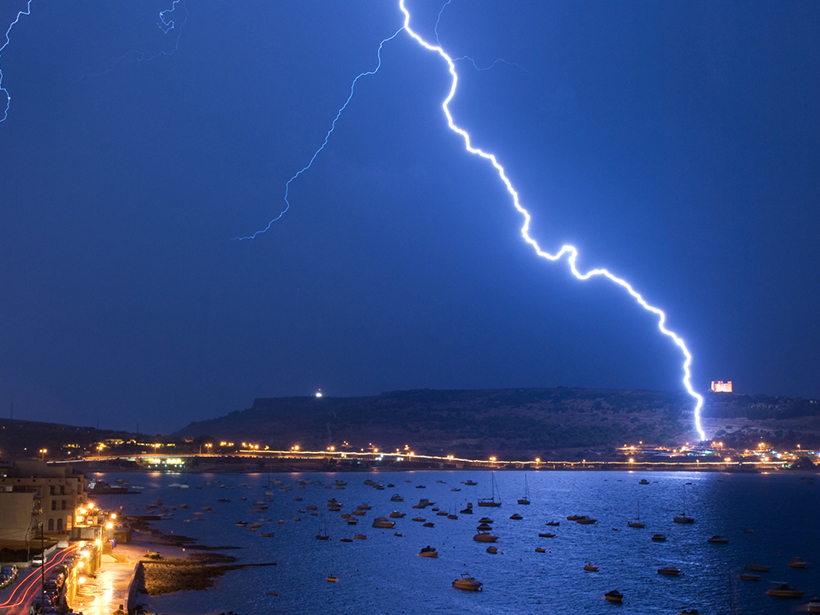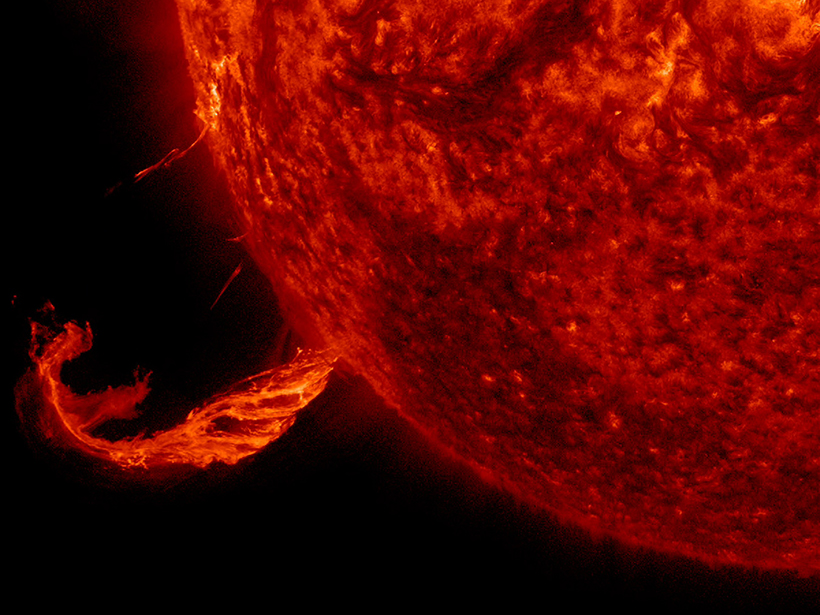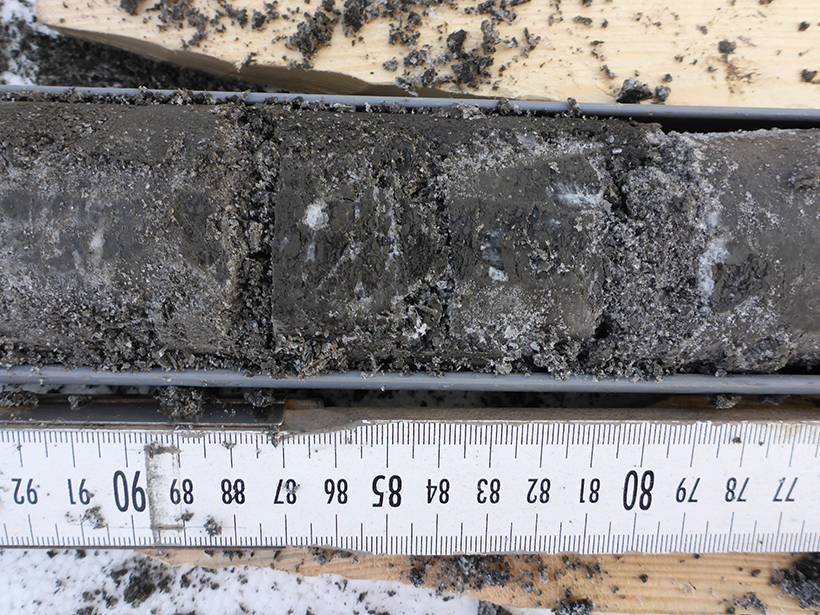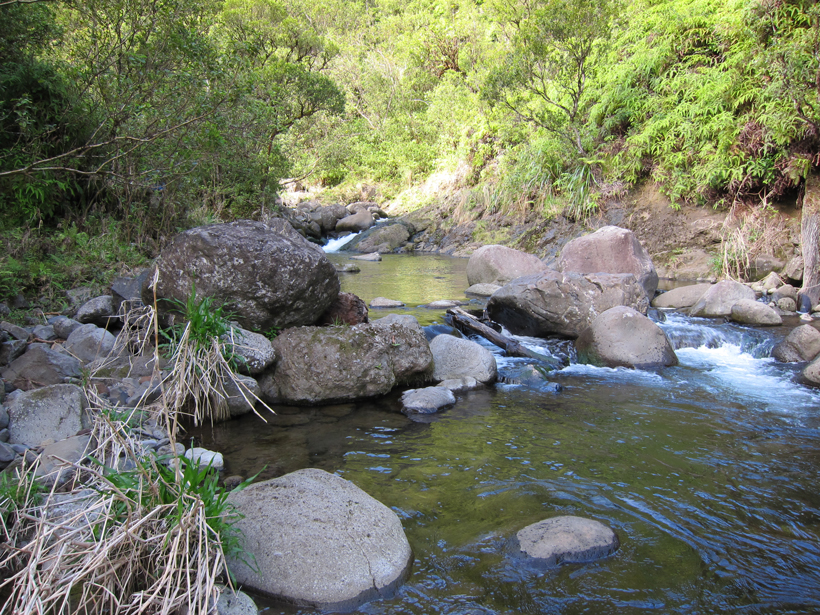Decades of data reveal the link between westerly winds and year-to-year changes in monsoon rainfall.
Sarah Stanley
Sarah Stanley, a freelance writer for Eos, has a background in environmental microbiology but covers a wide range of science stories for a variety of audiences. She has also written for PLOS, the University of Washington, Kaiser Permanente, Stanford Medicine, Gladstone Institutes, and Cancer Commons, a nonprofit that works with cancer patients.
Ocean Dynamics May Drive North Atlantic Temperature Anomalies
A new analysis of sea surface temperature and salinity over several decades seeks to settle the debate on which of two mechanisms underlies the Atlantic Multidecadal Oscillation.
Open-Source Tool Aims to Boost Confidence in Ice Sheet Models
The software could help strengthen ice sheet models to provide a better basis for policy decisions.
California Floods Linked to Atmospheric Water Vapor “Rivers”
Narrow atmospheric streams of water vapor that deliver heavy rains are more commonly associated with floods and debris flows in northern California than with flash floods in southern California.
A New Baseline to Monitor Earth’s Dynamic Surface
Researchers devise a new mathematical approach to combine space- and ground-based observations into an alternative reference frame for monitoring the changing positions of Earth’s features.
Lightning Strikes May Leave Traces Like Those of Meteorites
Scientists have long interpreted shocked quartz as definitive evidence of a past meteorite impact, but the shock wave caused by lightning striking granite also produces this distinctive feature.
Quiet Volcanic Activity Changes Speed of Ambient Seismic Waves
Seismic data collected continuously for 4 years could improve understanding of geological structures that underlie Japan’s Izu Oshima volcanic island.
Federal Space Weather Research Could Improve Hazard Preparation
Researchers outline the history of the U.S. government’s involvement in space weather research, from before World War II, through the Space Race, and beyond.
Microbes May Thrive in Subsea Permafrost Long After Flooding
Two cores from the East Siberian Arctic Shelf reveal how microbial communities develop over thousands of years as submarine permafrost slowly thaws.
What Controls the Shape of Steep Mountain Streams?
The shape of steep river streams changes systematically with channel slope, but field data and theoretical analysis reveal that slope is not the sole factor in setting a channel’s form.


